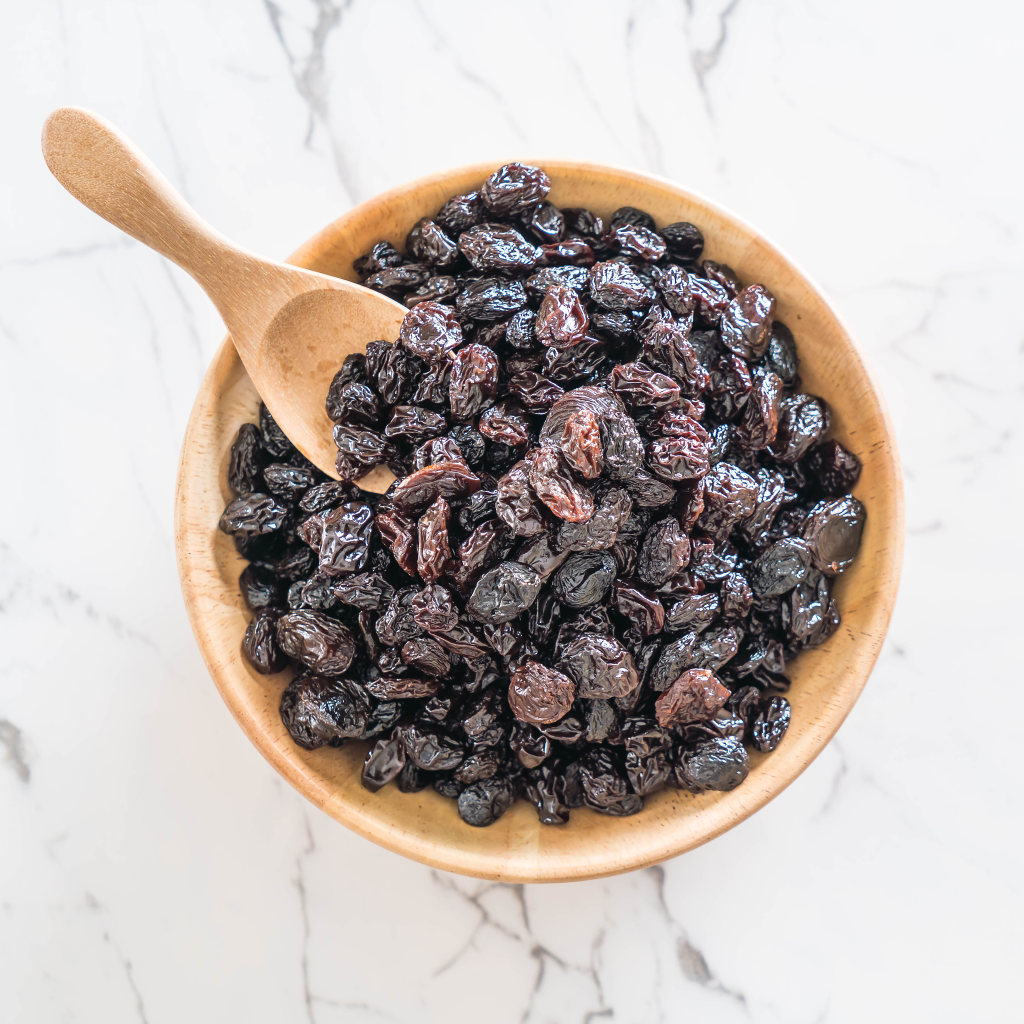Written by Sofia Campos Caminos
Medically reviewed by Isabela Sorgio (Nutritionist, Mindful Eating Specialist)
They’re small and often forgotten at the back of the fridge. But blueberries are far more than a pancake topping or smoothie add-in. Behind their sweet, vibrant skin lies an arsenal of nutrients and plant compounds that continue to impress researchers, making a solid case for becoming a daily dietary staple.
Regular consumption of blueberries is widely supported by growing scientific evidence for its potential to reduce the risk of chronic disease and support heart, brain, metabolic, and gut health, largely due to their antioxidant, anti-inflammatory, and vascular benefits. Let’s take a closer look at what makes blueberries a standout among fruits—and how they compare to other berries.
What Are Blueberries, Really?
Blueberries come from the Vaccinium genus, a group that also includes cranberries, bilberries, and huckleberries. They’re native to North America but are now grown widely across the U.S., Canada, South America, and Europe.
There are two major types found in most grocery stores:
- Highbush blueberries (Vaccinium corymbosum): Larger, commercially cultivated, and most common in grocery stores.
- Lowbush (wild) blueberries (Vaccinium angustifolium): Smaller, often frozen or dried, with higher concentrations of antioxidants per gram.
Blueberries range in size from 5 to 16 mm (about 0.2 to 0.6 inches) and carry a bluish-purple hue thanks to a class of pigments called anthocyanins—one of their most studied components.
Blueberries Nutrition Facts
Per 100 Grams (About ¾ Cup Fresh)
- Calories: 57 kcal
- Water: 84%
- Carbohydrates: 14.5 g
- Sugars: 10 g
- Fiber: 2.4 g
- Protein: 0.7 g
- Fat: 0.3 g
Micronutrients include:
- Vitamin C (10 mg): Supports immunity and collagen production.
- Vitamin K1 (19.3 µg): Supports bone health and blood clotting.
- Manganese (0.34 mg): Crucial for antioxidant enzyme function and bone development.
- Vitamin A, E, B6, and trace copper and magnesium
In short, blueberries are low in calories, high in water, and offer an impressive amount of nutrients per bite.
What Science Says: Key Benefits of Blueberries
While it’s easy to list nutrients, what really matters is how these components function in the body. Here’s what current research shows:
Brain Function and Cognitive Health
Consuming the equivalent of 1.25 cups of wild blueberries per day has been shown to significantly improve short-term memory, reaction time, and executive function in healthy adults. These cognitive benefits are largely attributed to anthocyanins—the deeply pigmented antioxidants in blueberries—which cross the blood-brain barrier and may reduce oxidative stress and inflammation, two key drivers of age-related cognitive decline.
In addition, metabolites formed during blueberry digestion have been linked to improvements in memory, attention, and self-reported calmness, suggesting that regular blueberry intake could support subtle but meaningful enhancements in brain function over time.
Cardiovascular Support
Blueberries have been linked to lower blood pressure and reduced LDL oxidation—all of which are risk factors for heart disease. Their high flavonoid content enhances nitric oxide production, which helps relax blood vessels and improve circulation.
A study published in The American Journal of Clinical Nutrition found that participants who consumed 1 cup of blueberries daily for six months improved blood vessel function and reduced artery stiffness, which are important markers of heart health.
Blood Sugar Control
Despite containing natural sugars, blueberries have a relatively low glycemic index (about 53), meaning they don’t raise blood glucose as sharply as many other fruits.
In people with insulin resistance or metabolic syndrome, blueberry intake has been shown to enhance insulin sensitivity and lower postprandial (after-meal) glucose levels—likely due to their polyphenol content.
How Do Blueberries Compare to Other Berries?
Let’s compare blueberries against other popular berries—all nutritious, but each with different strengths.
| Berry | Calories | Fiber | Vitamin C | Antioxidant Potency |
| Blueberry | 57 | 2.4 g | 10 mg | Highest in anthocyanins |
| Raspberry | 52 | 6.5 g | 26.2 mg | High in ellagic acid |
| Strawberry | 32 | 2.0 g | 58.8 mg | High in vitamin C |
| Blackberry | 43 | 5.3 g | 21 mg | Rich in polyphenols |
| Cranberry | 46 | 3.6 g | 14 mg | Best for urinary health |
While strawberries and raspberries beat blueberries in fiber and vitamin C, blueberries come out on top for total antioxidant capacity, especially anthocyanins—which have one of the strongest links to long-term health benefits in the berry family.
Antioxidant Capacity Explained: Why Blueberries Stand Out
Antioxidant capacity refers to a food’s ability to neutralize harmful molecules called free radicals, which cause oxidative stress in the body. Over time, oxidative stress contributes to aging and the development of chronic conditions like heart disease, cancer, and neurodegenerative diseases. Foods with high antioxidant capacity—like blueberries—are rich in compounds such as anthocyanins, vitamin C, and flavonoids, which help protect cells from damage. Including antioxidant-rich foods in your diet can support long-term health by reducing inflammation and lowering the risk of disease.
Fresh, Frozen, Dried—Does It Matter?
Yes, but not as much as you might think.

Fresh blueberries: Great when in season, but lose nutrients quickly once picked.

Frozen blueberries: Retain nearly all nutrients and are often flash-frozen at peak ripeness. A smart year-round choice.

Dried blueberries: Convenient, but often high in added sugar and reduced in antioxidants.

Powdered (freeze-dried) blueberries: Concentrated and shelf-stable—ideal for smoothies and baking, if unsweetened.
Tip: If you’re buying dried or powdered blueberries, look for products with no added sugar or fillers.
How Many Blueberries Should You Eat?
While there’s no official “daily recommended amount” for blueberries, studies suggest benefits begin around 1/3 to 1 cup per day. For example, 130 blueberries—roughly 1.25 cups—were used in the King’s College brain health study.
Adding them to your breakfast, salads, or snacks is an easy way to build the habit. Pair them with yogurt, nuts, or oatmeal to slow down digestion and enhance nutrient absorption.
Why Blueberries Deserve a Place in Your Daily Diet
Blueberries aren’t exotic, rare, or expensive—but that’s exactly what makes them so valuable. They’re accessible, evidence-backed, and easy to eat often. Why not choose a snack that’s sweet, delicious, and helps protect your brain, support your heart, and promote long-term health?
Sometimes, the healthiest foods aren’t the flashiest. Sometimes, they’re just sitting quietly in the fruit drawer, waiting to be noticed.





